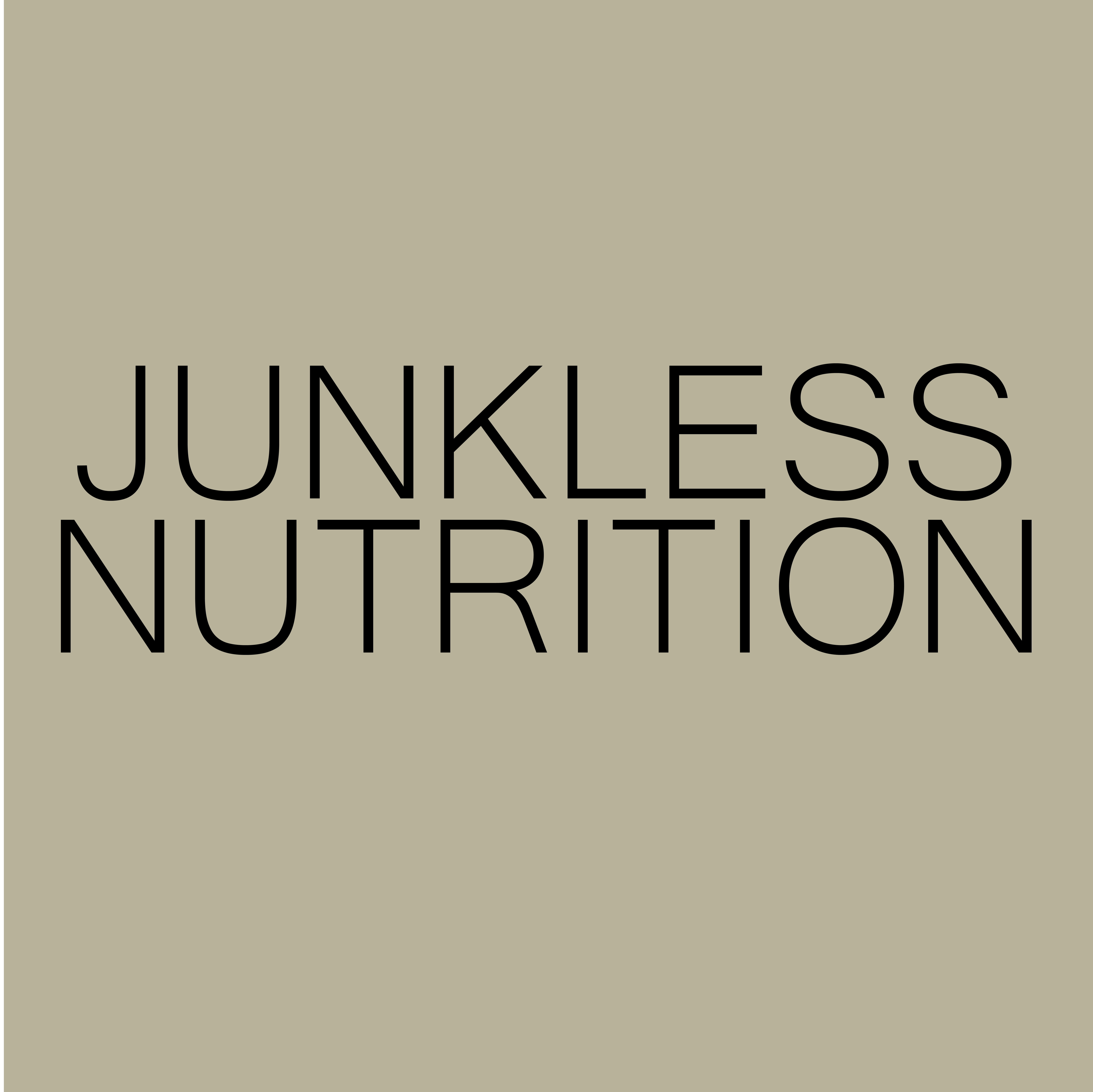Food Label: Red Dye 40 a Color Additive
Red dye 40 is one of nine certified color additives by the Food and Drug Administration (FDA). This synthetic food dye made from petroleum has been recognized on most social media platforms as being unhealthy even though color additives must undergo approval by the FDA every time a new batch is produced. (1)
By James Herb Updated : 2/29/2024
Research has shown that it is linked to certain ADHD symptoms, such as hyperactivity, and may also cause other neurobehavioral effects in children. FDA has made a public response to these allegations:
“The FDA has reviewed and will continue to examine the effects of color additives on children’s behavior. The totality of scientific evidence indicates that most children have no adverse effects when consuming foods containing color additives, but some evidence suggests that certain children may be sensitive to them.”
According to other studies done in rats, 98% of Red Dye 40 is excreted through urine. When food cannot be digested like in the case of an Artificial sweetener, it causes Liver stress and intestinal problems demonstrated in the study (2)
Color Additives Exempt from Certification
There are exempt color additives that do not require certification. These additives come from natural sources, such as fruits, vegetables, herbs, minerals, and animals. It is important to note that food colorants that come from plant extracts only offer color for visual appearance and do not pass on any inherited supplemental value. So if you see an ingredient mentioned Turmeric Color it is just that color and not any of its anti-inflammatory benefits (3)
OUTLINE:
Red dye 40 is a food additive that has been certified by the Food and Drug Administration (FDA). However, the FDA does recognize that Red dye 40 may pose health risks for children who are sensitive, which may result in symptoms of ADHD. Additionally, being unable to digest it properly can also cause digestive issues.


